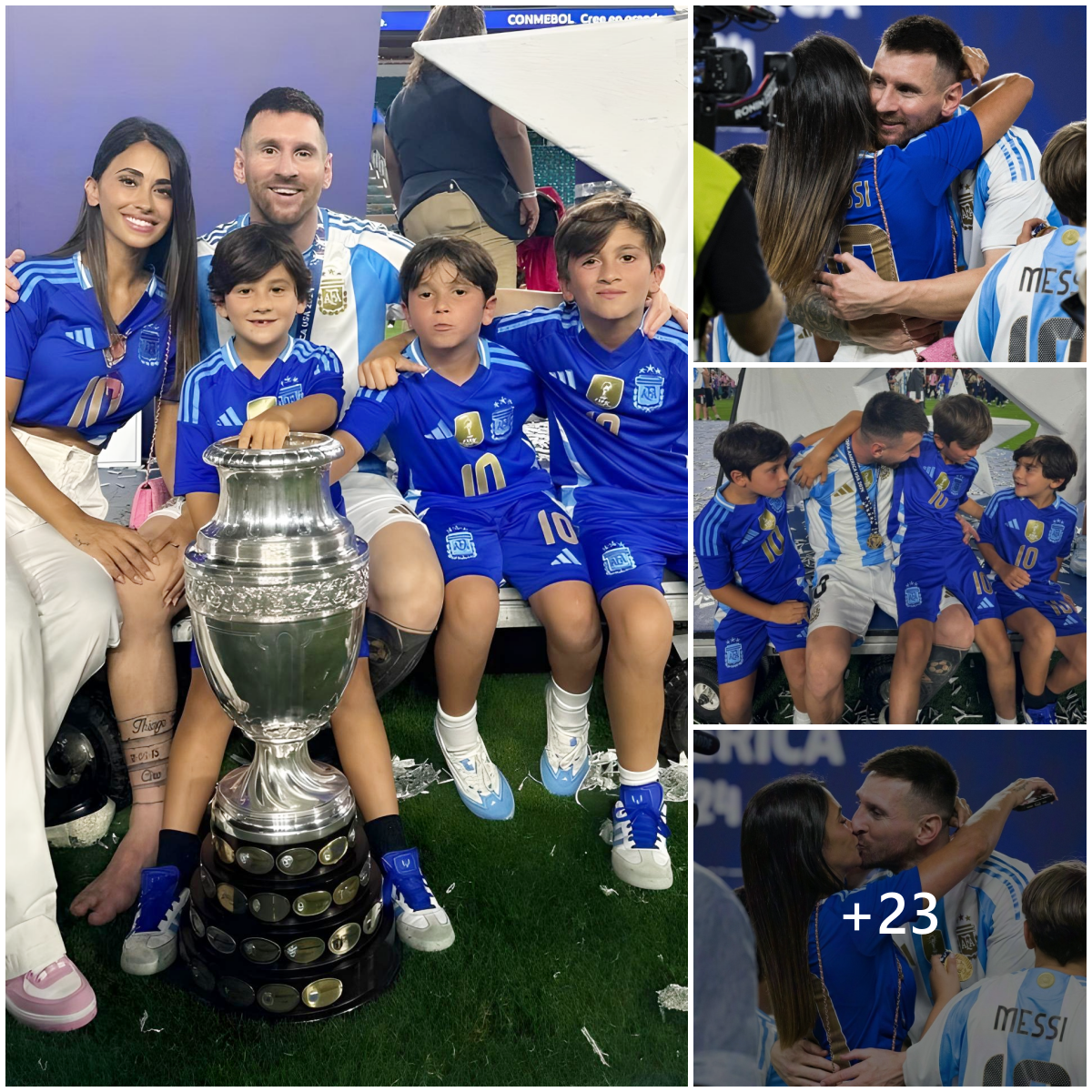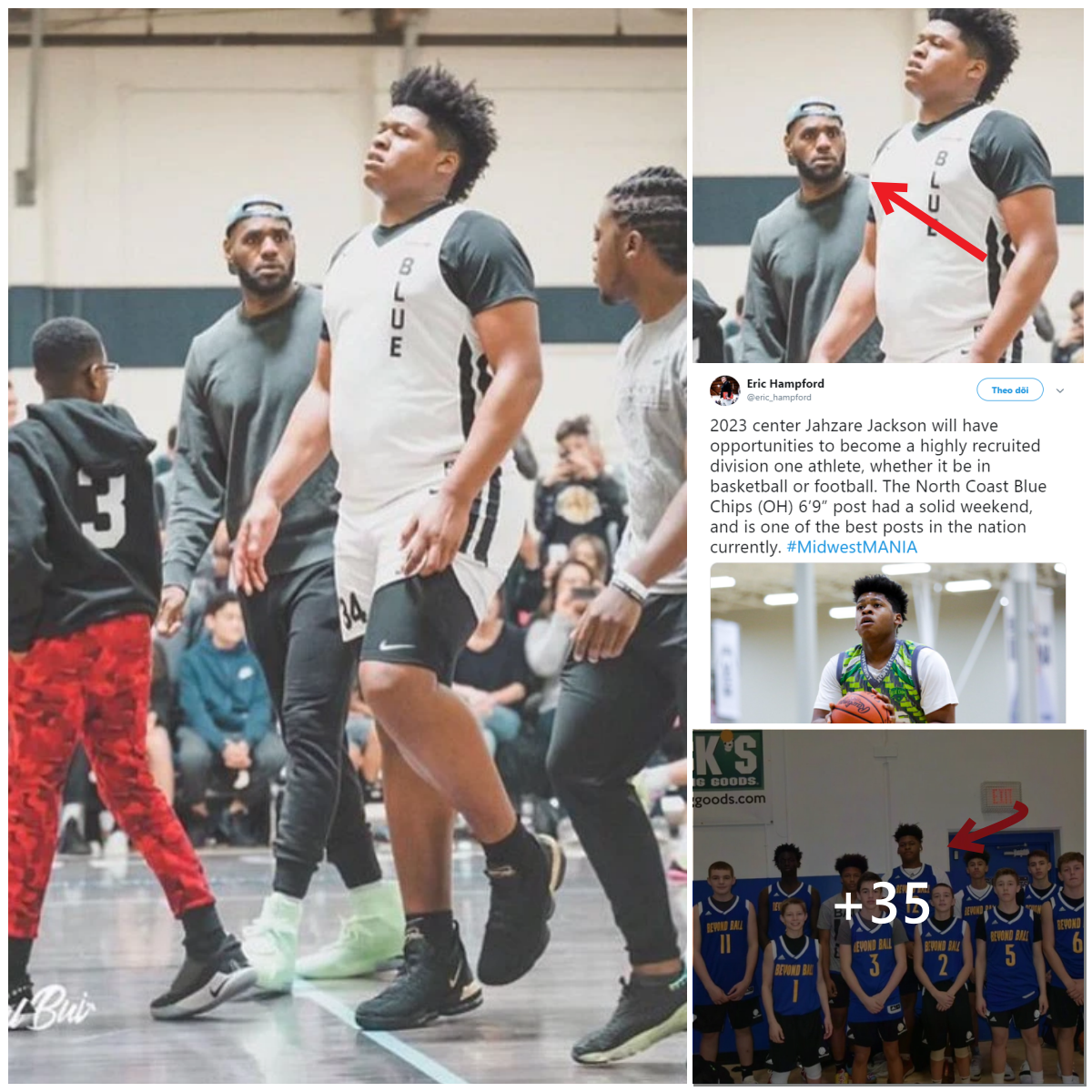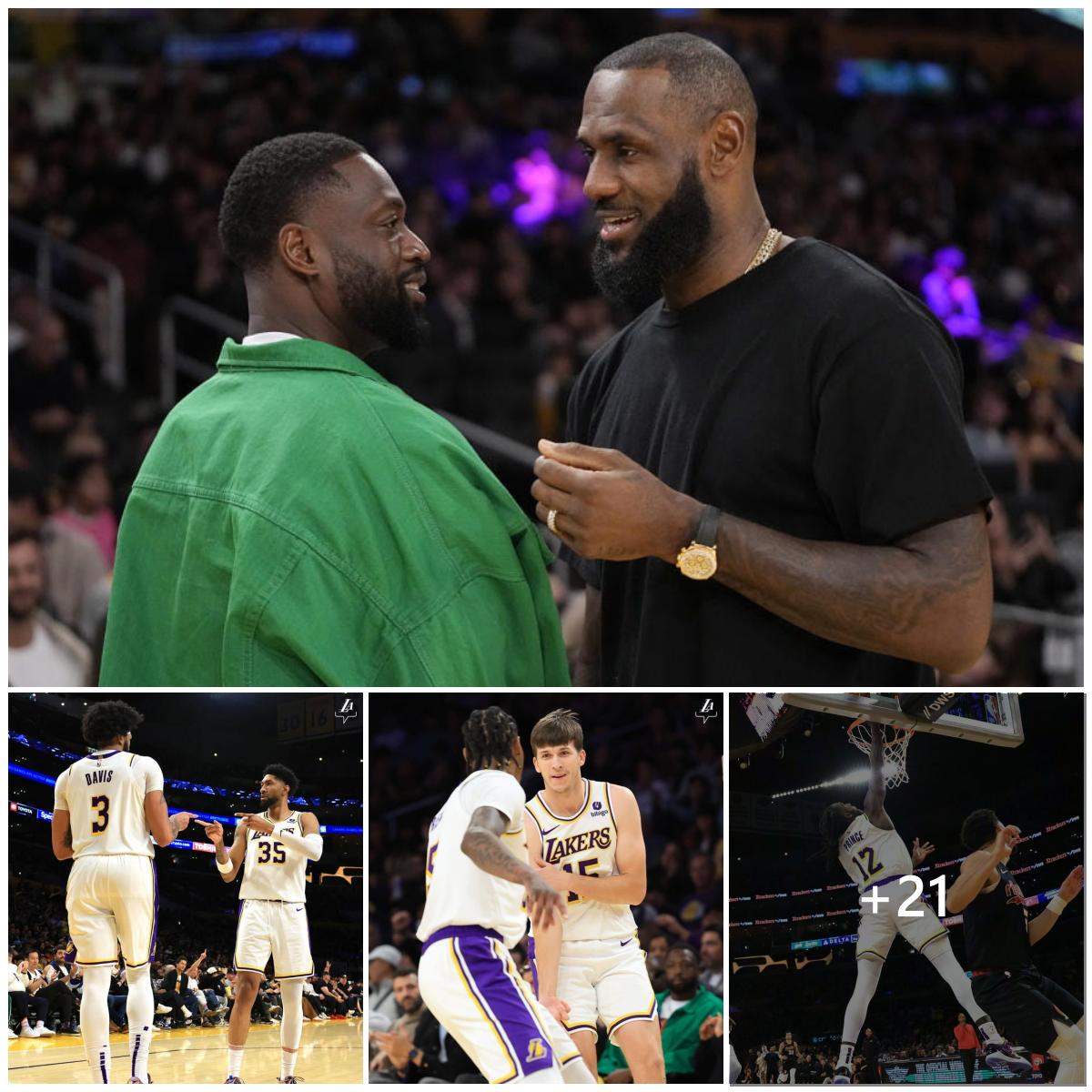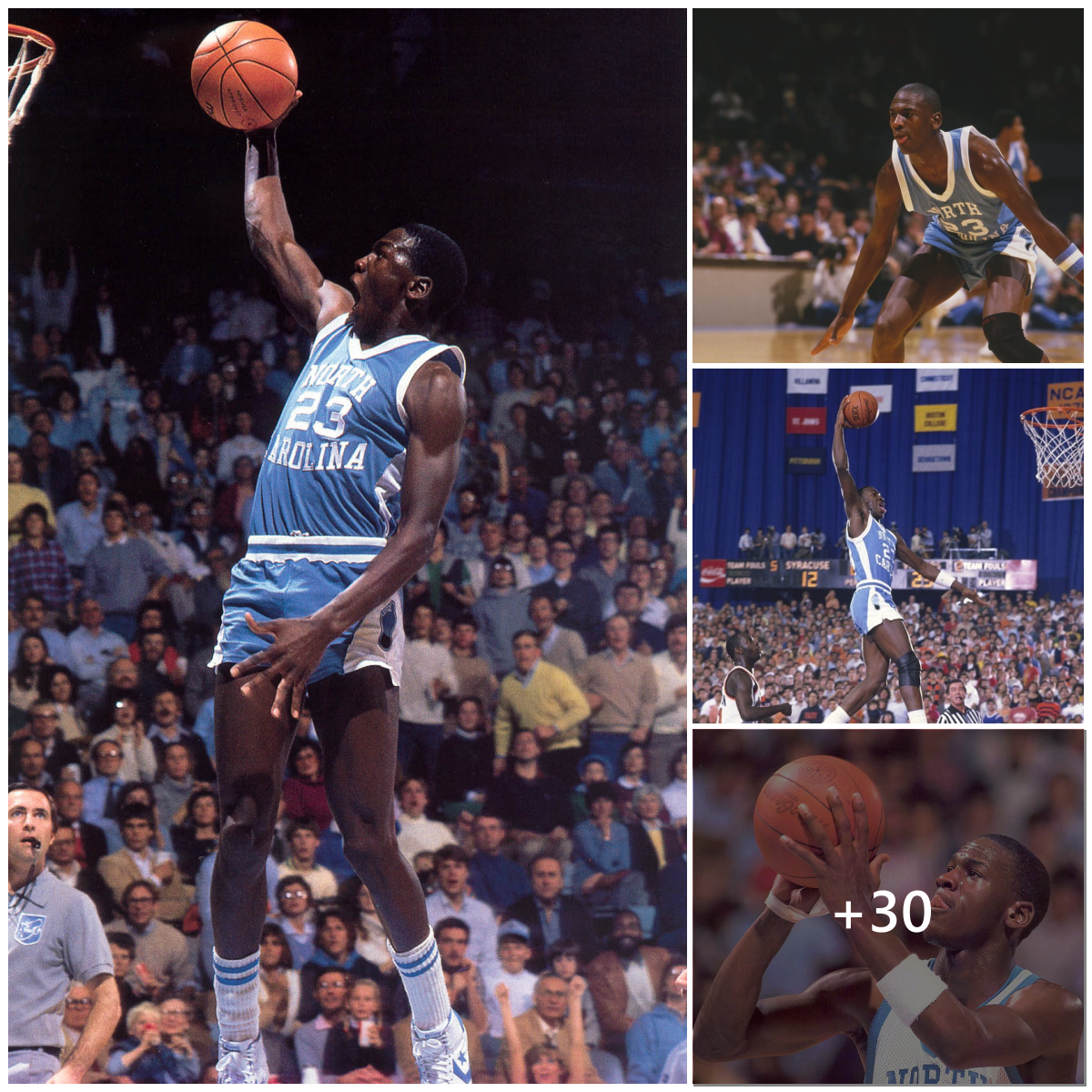Here are the top five NBA rookies so far this season 2023 (We should note that the Rookie of the Year award often goes to the player who separates himself in the second half of the season, although this year two players have already done that separation).
1. Chet Holmgren (Oklahoma City Thunder)
If — or, really, when — Holmgren is in the Rookie of the Year debate at the end of the season, we can expect the same tired arguments about him having an advantage spending a season on an NBA bench. It’s the same argument that Blake Griffin and Ben Simmons faced when they won ROY. This isn’t complex from our vantage point: By NBA rules he’s a rookie, so he’s a rookie.
Holmgren walked into a very defined role this season in Oklahoma City: Set picks for Shai Gilgeous-Alexander, pop out and space the floor or roll hard and be a force at the rim, and defensively be the back-line rim protector. Holmgren has thrived in that role averaging 17.1 points a game, shooting 37.1% on 3-pointers, grabbing 7.8 rebounds, and being a plus defender averaging 2.4 blocks a game. Holmgren is doing something rookies rarely do in the NBA — contribute to winning. Including hitting big shots.

He’s been efficient (63.9 true shooting percentage) and impactful. Holmgren wiped away concerns about how he’d bounce back from the Lisfranc injury to his foot that sidelined him last season, then he set the Thunder record for blocks in a game in his second NBA contest, and those concerns washed away. He is the clear ROY frontrunner right now.

2. Victor Wembanyama (San Antonio Spurs)
In one sense it’s tough to compare Holmgren and Wembanyama this season because their roles are so different. Holmgren walked into a clearly defined role on a team with an MVP-level player running the point. San Antonio is using Wembanyama in a variety of different ways — post up, bringing the ball up, running in transition, hub of the offense at the elbow, face up on the wing — and letting him explore the study space. For the Spurs, this season is about player development, both for Wembanyama and the point-forward experiment of Jeremy Sochan at the one.
Wembanyama is still putting up numbers: 19 points, 10.2 rebounds and 2.7 blocks a game. The efficiency is not there yet — 51.8 true shooting percentage, well below the league average — and neither is the consistency. He is up and down (partly due to the lack of talent around him, the Spurs have dropped 16 straight), but even on his off nights Wembanyama seems to make a play that reminds you of his potential. Then there are the good nights, like becoming the youngest player in NBA history to drop a 20/20 game.
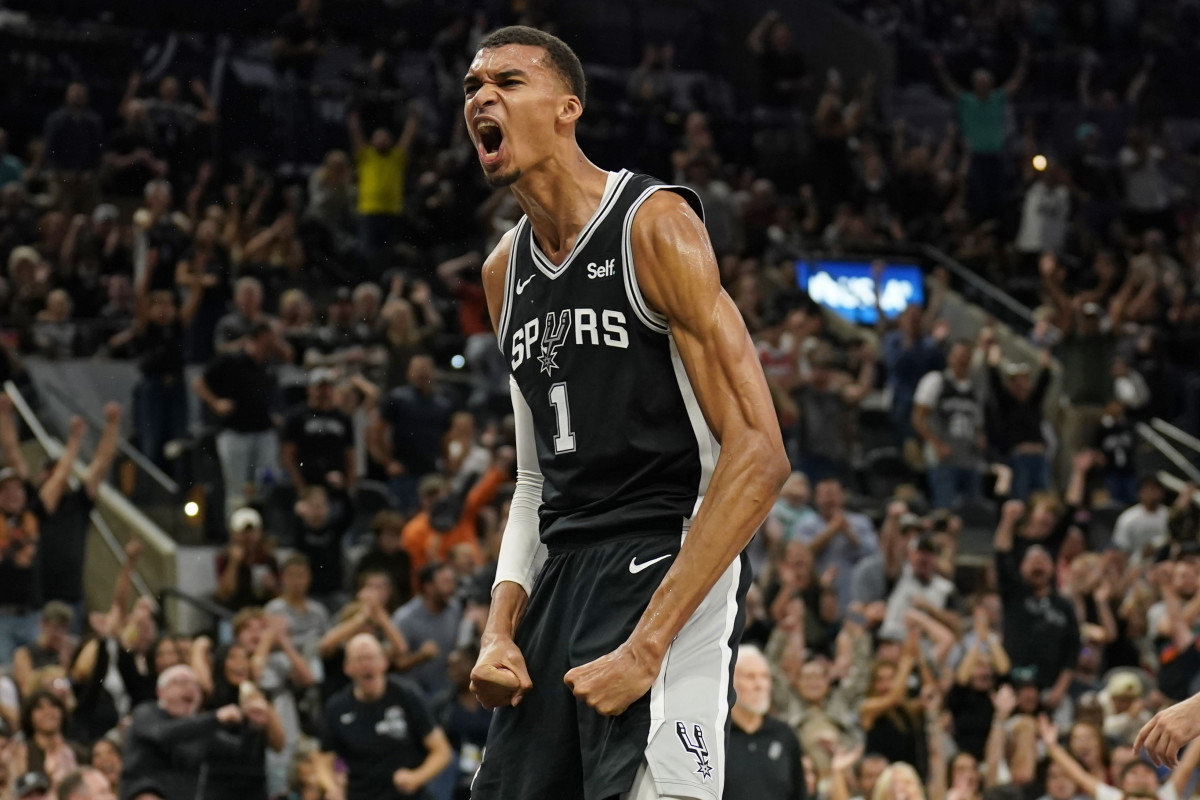
Wembanyama has been everything the Spurs could have hoped for as a rookie, but this will be a process.

3. Jaime Jaquez Jr. (Miami Heat)
On Draft night, the reaction around the NBA to Miami taking Jaquez No. 18 out of UCLA was, “He’s a perfect Heat player.” So far, that has been spot on.
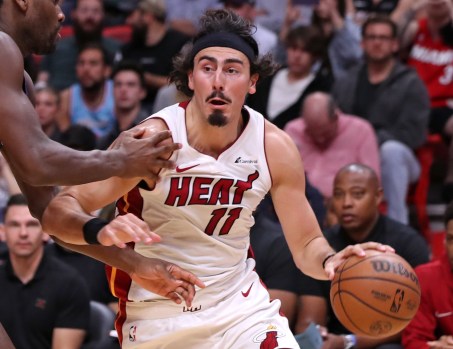
Jaquez is averaging 12.2 points a game for the Heat and the team is leaning hard into him as a key part of the rotation, playing at least 30 minutes in 11 of the team’s last 14 games (and at least 27 minutes in every one of those 14). He’s shown he can create his own shot at the NBA level, but what’s more impressive are the smart basketball plays he makes off the ball — it’s not that he can catch-and-shoot, it’s that he understands how to move into space and get himself open. This is the kind of instant help that drafting a four-year college player can bring.
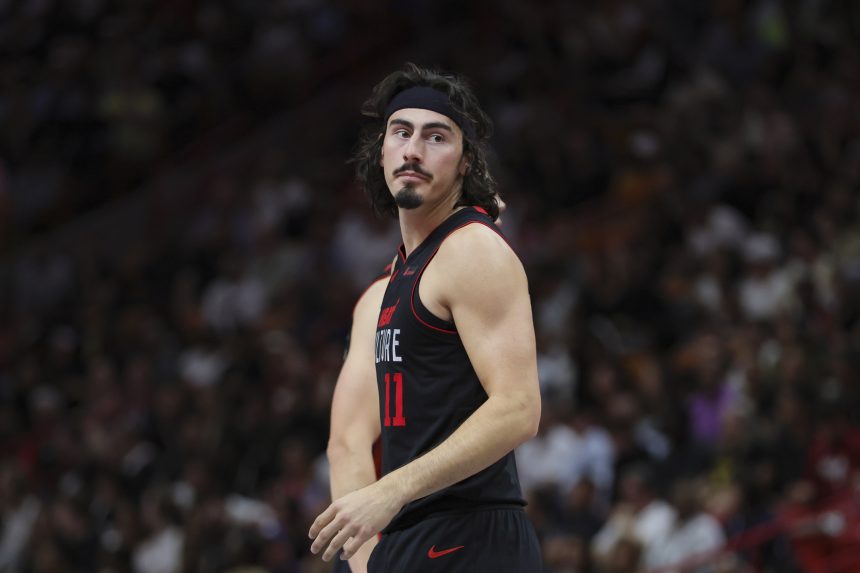
4. Brandon Miller (Charlotte Hornets)
Miller didn’t explode out of the gate like some rookies — and Charlotte is not drawing a lot of attention with its play, especially with LaMelo Ball missing time — but Miller is finding himself on an NBA court. He’s averaging 14.6 points and 4.2 rebounds a game, while shooting 40.5% from 3. However, what has impressed veteran teammate Gordon Hayward is Miller’s court vision and passing, here is what Hayward told Michael Scotto of Hoopshype:
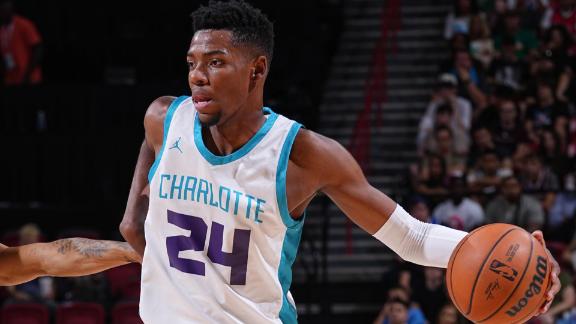
“I think the thing that impressed me the most about him was his poise in the pocket, especially with the ball in his hands, not only making plays for himself but being able to see over the defense. In practice, he makes passes across the court. That’s stuff that usually takes time to develop.”
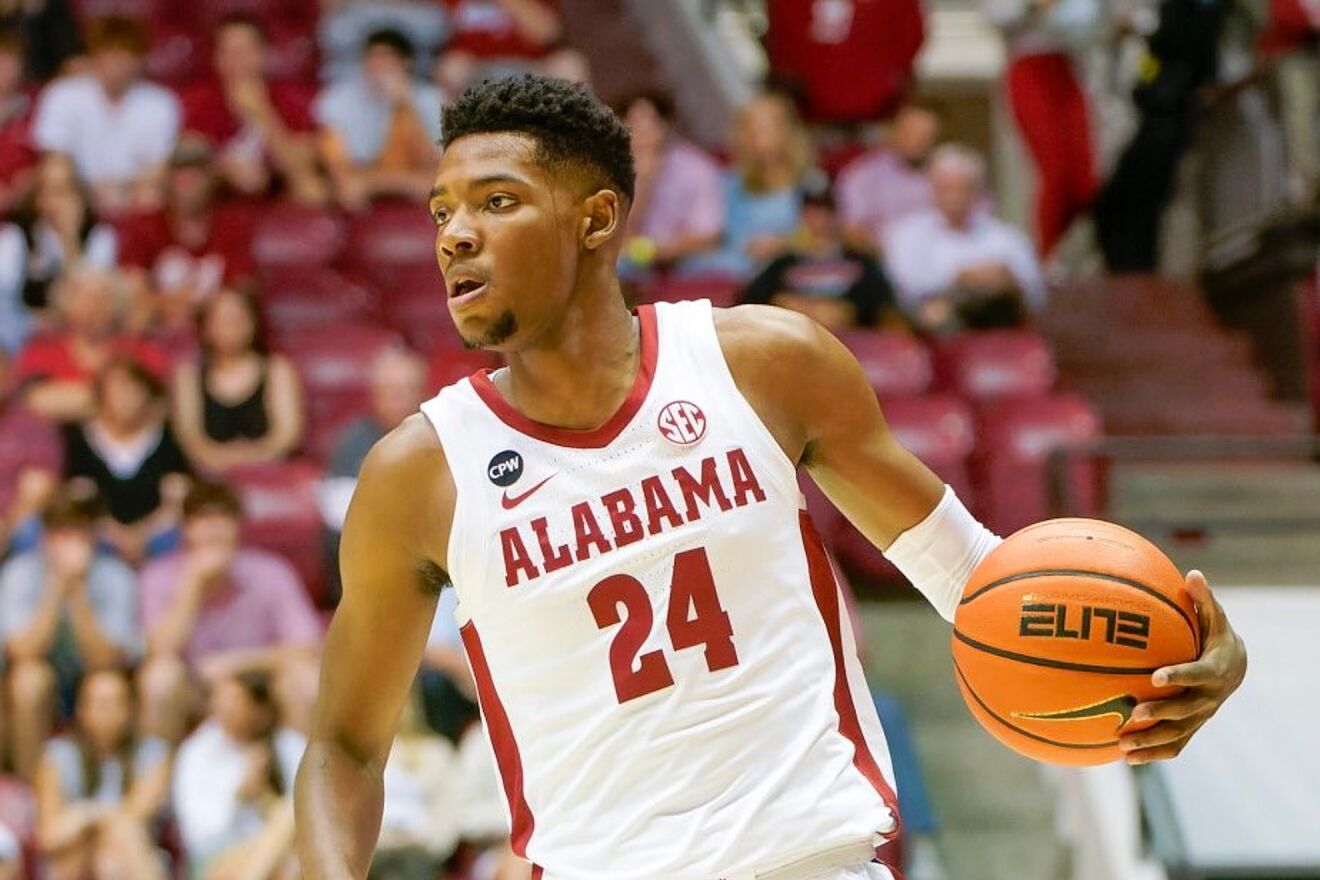
5. Dereck Lively II (Dallas Mavericks)
Lively earned the starting center role with the Mavericks by Game 2 of the season because he is a natural fit next to Luka Doncic, a hard-rolling vertical threat teams ignore at their own risk. Maybe more importantly, Lively has been a positive defensive impact in Dallas as the shot-blocking rim protector — 1.6 blocks a game — that this team needed. He’s averaging 8.7 points a game on 73.5% shooting (almost every shot is at the rim) plus 7.7 rebounds a game, and a week ago he had a 20-point outing against Holmgren and the Thunder.
Lively was given an opportunity in Dallas and grabbed it with his play.


